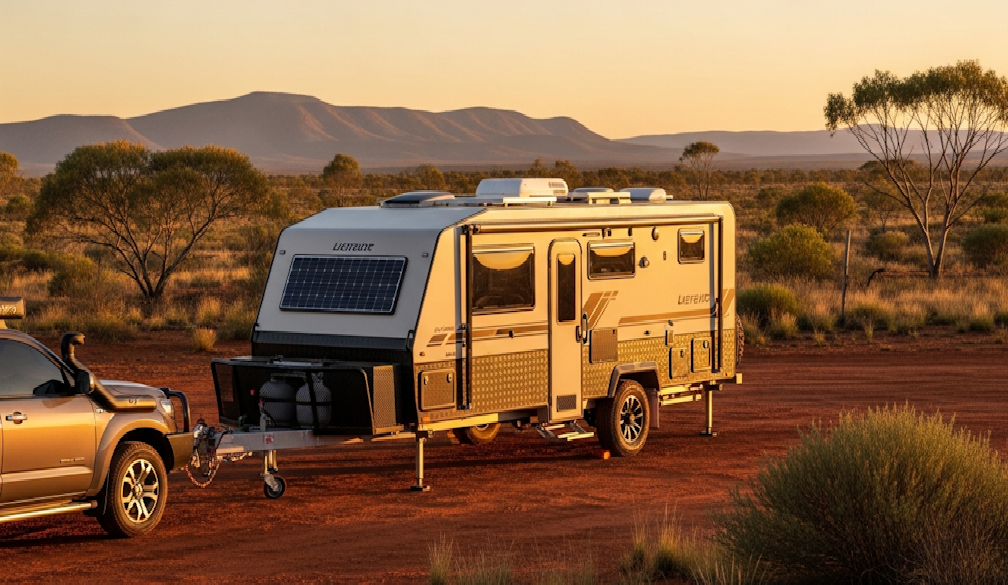Big Breastfeeding: Best Positions and Support for Nursing Moms

At the beginning, it can be quite difficult for a mother to handle big breastfeeding, especially when she has to find a position that is comfortable for her and the baby. Your breasts could be big and the baby may not be able to latch properly or you may feel pain at the time. This article is going to share the best positions and give tips that will make breastfeeding a more relaxed and confident experience for the mothers.
Support is not only about the breast but also being ready for storage and feeding. A cooler box for breast milk is a good option to keep milk fresh when you are not at home. With the proper positions and equipment, breastfeeding mothers with large breasts can have a less bumpy and a more delightful supply of milk.
Is Having Big Breasts an Advantage or Challenge for Breastfeeding?
For many moms, big breastfeeding can feel like both an advantage and a challenge. On the bright side, larger breasts quite often lead to a greater amount of milk-producing tissue and thus, a healthier supply can be maintained. Some babies also find it easier to get a sufficient amount of milk if the milk is released well.
However, big breasts can also bring challenges. Positioning may be harder, babies might struggle to latch deeply, and moms may experience more strain when holding their breasts during feeds. The right support like a pillow, the use of correct holds, and the practice can change the nature of these hardships and make breastfeeding with the big breast more comfortable.
Finding a Comfortable Nursing Position That Works for You
When you have large breasts, the right method of breastfeeding is the most essential thing. You might need to wear extra bras, use some additional support, or alter your nursing schedule slightly but through the right method, both you and your baby can stay comfortable and refreshed during the feeding process. Try these positions for big breastfeeding:
- Football hold – Put your child under your arm. This way, you get more control and it is easier to latch.
- Side-lying position – When you are lying on your side, the baby facing you is the perfect set up for sleeping during the night feeds.
- Laid-back position – Get a little reclined and put your baby on your chest. Gravity will do the rest and the latch will be easier.
- Cross-cradle hold – Support your baby with pillows and keep both of you comfortable by holding him across your body.
Supporting Your Breasts During Feeds (Pillows, Hands, Bras)
For mothers with big breastfeeding, additional support during feeding can give the whole process a wonderful change. Your large breasts may be heavy and if you do not have the proper support, there is the possibility of wearing your breasts in a way that your arms, shoulders, and back will be strained.
Breastfeeding in your usual way but with accessories and pyrotechnics will bring a feeding that will be both you and your baby comfortable. Ways to support your breasts while feeding:
- Pillows – A nursing or a normal pillow can be placed under the baby to lift him/her closer to the breast.
- Hands – The “C-hold” or “U-hold” with your hand can be used to softly support your breast as well as to direct your baby’s latch.
- Bras – Besides a good-fitted nursing bra can give you extra lift and during the feeding process, it makes holding your breast easier.
Helping Baby Latch Deeply With a Larger Breast
One common concern with big breastfeeding is helping the baby latch deeply. It may happen that large breasts hinder the baby from taking a full mouthful of the breast tissue that is necessary for a comfortable and effective feed. A deep latch not only prevents nipple pain but also helps your baby get enough milk.
Tips to encourage a deeper latch:
- Position baby nose-to-nipple so they tilt their head back and open wide.
- Support the breast with your hand (using a C-hold or U-hold) to let the baby have access to the breast.
- Wait for a wide-open mouth before bringing your baby to the breast.
- Make sure with the help of pillows that your baby is positioned at the same level as your breast and he is not engaging his neck.
- When pumping or storing extra milk after feeds, a cooler box for breast milk helps keep your supply fresh and safe.
Avoiding Common Issues Like Blocked Ducts and Engorgement
For moms who breastfeed on demand, the sensation of the breast being full and milk flow can sometimes result in the occurrence of blocked ducts or engorgement. The issues can lead to discomfort, enlargement, or even an infection of the breast if the time is not treated early enough.
Simple behaviors can not only prevent the occurrence of such problems but also keep the feeding session comfortable. Here are some Tips to avoid blocked ducts and engorgement:
- Engage in feeding or pumping regularly so that the milk can flow without any obstruction.
- Alter your position to ensure that you have completely drained all the areas.
- During the feed, massage the area around the nipple with your fingers.
- Put on a bra that is giving you support but is not tight so as to avoid pressure in the area.
- Warm up the area with a heating pad before feeding in order to facilitate the flow of milk.
- After feeding, use ice packs to reduce the swelling in the area and thus, relieve the discomfort.
- Drink a lot of water and take a rest to keep your milk flowing.
Pumping With Large Breasts: Getting the Right Fit
When it comes to big breastfeeding, the process of selecting a pump setup that suits you is equally as important as choosing a nursing position. A different flange size and some extra support may be necessary for larger breasts to pump in a comfortable and effective way. The correct fitting not only prevents the occurrence of soreness but also helps in milk expression.
Flange Fit Matters
Choose a flange size that corresponds with your nipple, not your breast. Your nipple should be able to move freely without it sticking to the sides.
Comfort Over Power
High suction isn’t always better. Adjust settings to a level that feels gentle but effective.
Extra Support
Use a pillow or your hand to support your breast and keep the pump steady. This makes sessions more comfortable and efficient.
Hands-Free Options
Bras for bigger cup sizes can hold flanges firmly in place allowing you to rest or do other things while pumping.
Check Your Flow
Watch how the milk is being removed. If it is slowing down or feeling uneven, you should change your position or flange fit.
When to Ask for Help From a Lactation Consultant
Big breastfeeding can be a mother’s nightmare even after gaining her breastfeeding experience. In some situations, expert support just for a moment is what you need. A lactation consultant can assist you with your positioning, pumping, milk supply, and general comfort so that you and your baby have less trouble during feeds. Here are the indicators to get help:
- Infant has difficulty latching or remaining attached.
- Nursing feels painful despite adjusting positions.
- You experience obstructed ducts and engorgement quite regularly.
- If you pump, it is not effective even when the flange is the right size.
- You feel trapped or doubting your breastfeeding plan.
Conclusion
Big breastfeeding might be uncomfortable at first, but with proper support, it can turn out to be a nice and rewarding experience. Better positioning or deeper latch can make simple changes that turn the feeding lighter. And if you run into issues, a lactation consultant can give expert guidance.
Tools that support your everyday practice will make your life easier. A cooler box for breast milk is a great way to keep your milk fresh when you are on the go and you have less trouble. Feeding with large breasts can simply be a great time with the right setting. "Confidence grows when comfort and support come together."













